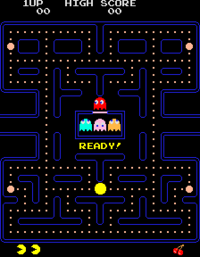
Spyro was released for the playstation in 1998 to great reviews. It was the first of a host of series featuring the popular character Spyro who still has games made featuring him; it made him one of the most recognizable playstation characters to date. It was one of the first full 3D platformers to be well received.
Gameplay leaves the player in control of the dragon Spyro, you start off with limited abilities that include jumping and an attack. You gain further abilities later in the game to either progress the story or to be purchased using Gems. The game progresses through home worlds which lead to different levels that require completion through different goals (such as unlocking dragons or getting a certain amount of gems). Players with their abilities can glide between ledges or run faster, or breathe fire.
The story is about a bad guy, Gnorc, being slighted in a dragon news report as not being much of a threat. He then takes matters into his own hands and castes a spell trapping all of the dragons in a spell that turns them to crystal. The only dragon who survives is Spyro due to his small size. He then has to travel between each world unleashing the dragons and saving them one by one.
The game is one that rewards players that explore each of the areas and unlock everything, finding every single piece of gem and killing all of the enemies. If the player completes everything, collects all the gems and rescues all of the dragons then an alternate ending of the game is shown.
The game is varied, fun and vibrant; the unlocking of abilities throughout the game rather than having all presented at the beginning gives the player extra options and enjoyment throughout the game, allowing them to enjoy it more. Going back to previous levels is possible with the new abilities to get to previous treasure you could not reach.








